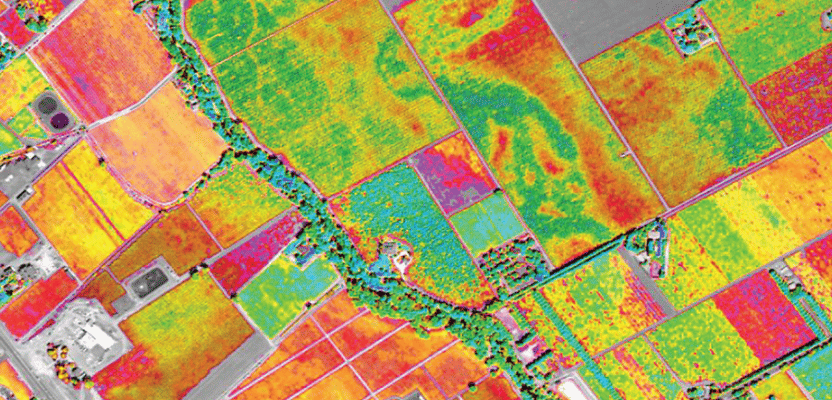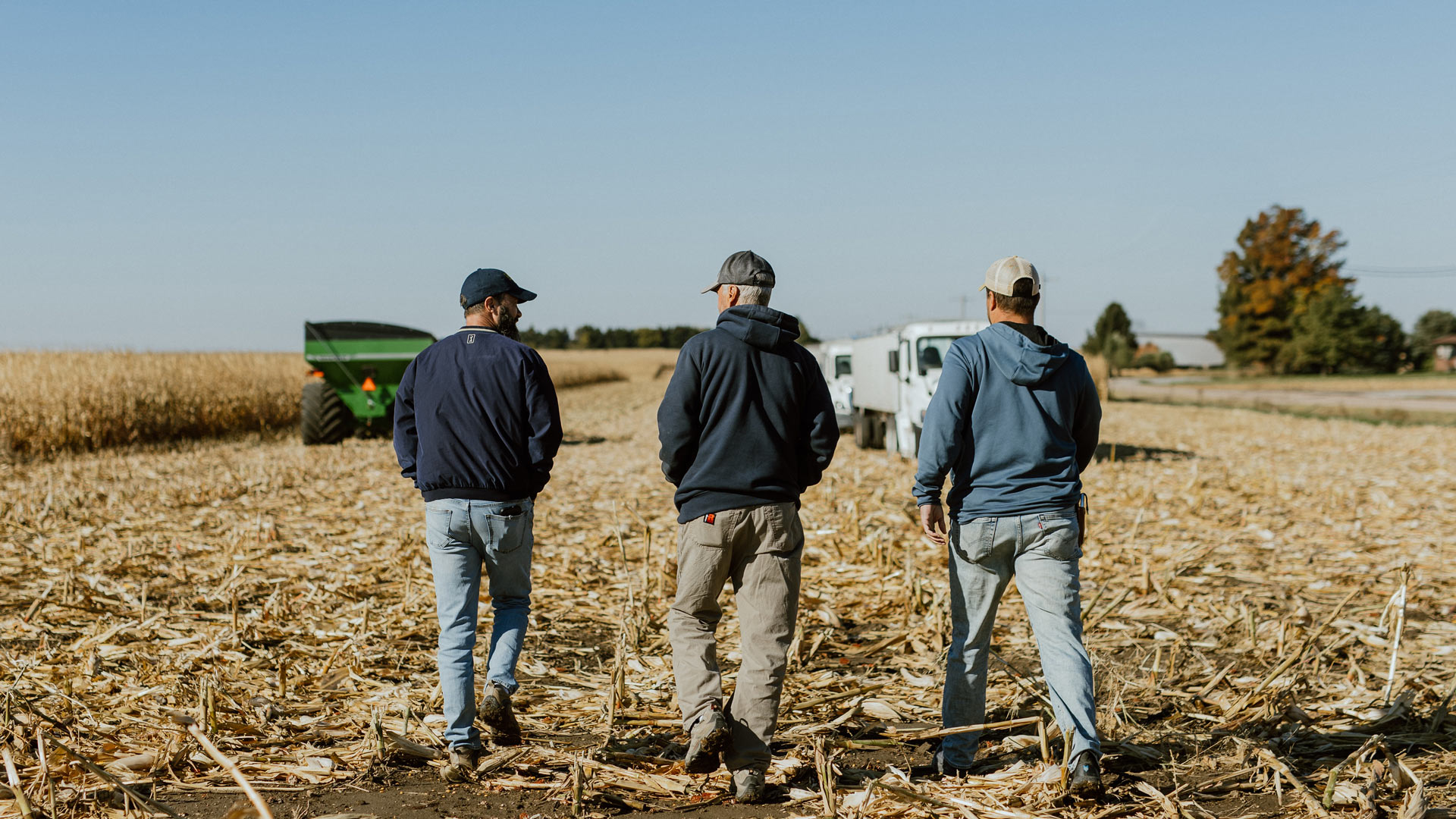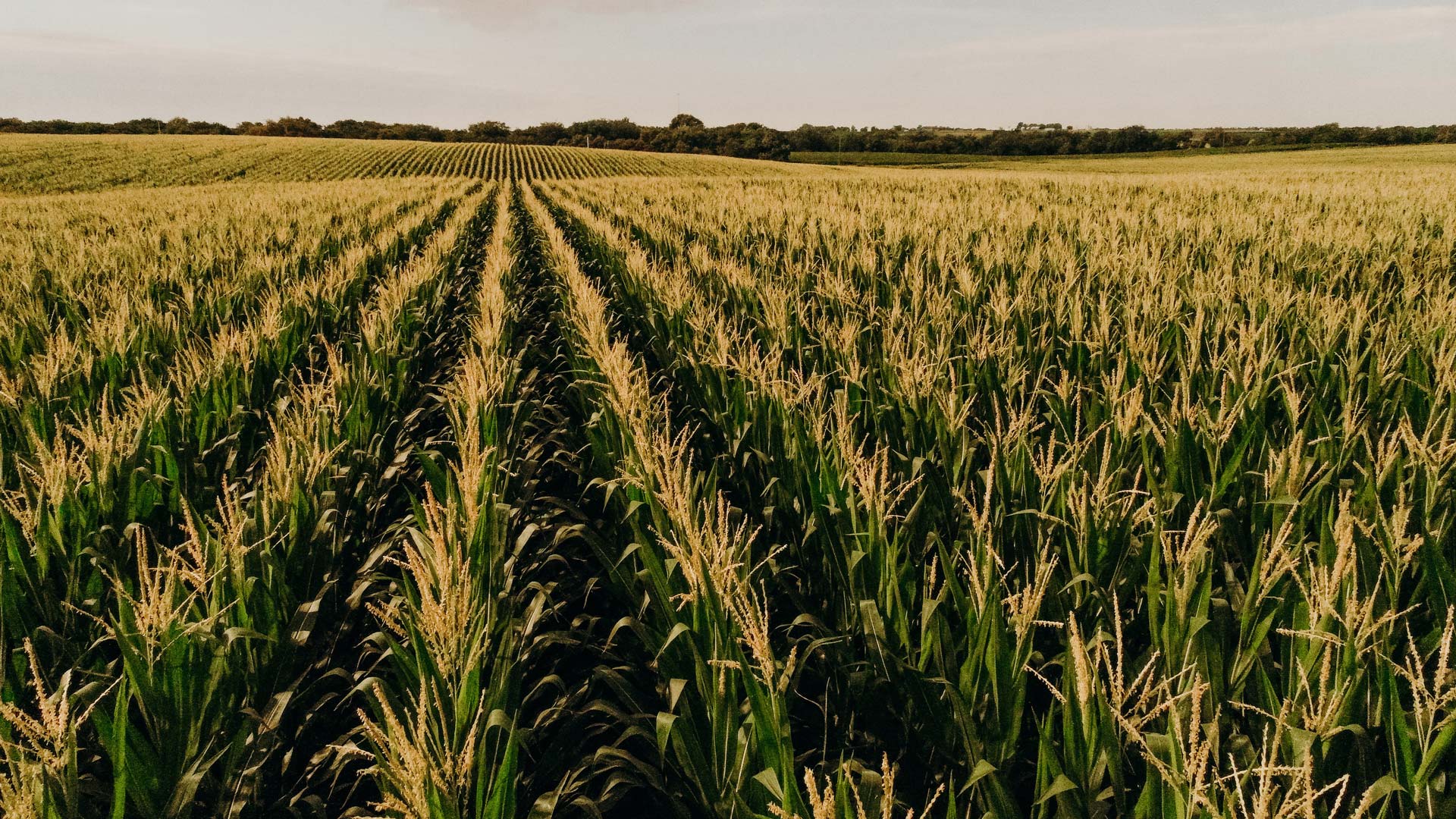When people think of cutting edge-technology, they tend to think of big companies like Google or Amazon in big cities. But innovative tools have their place in every industry, including rural industries like agriculture. In fact, modern technology has amazing applications for growing and managing important crops like corn. From robotic harvesters to GPS tracking, these smart farming tools are invaluable for Nebraska corn farmers.
One tool corn farmers can use is known as multispectral imaging. With visual data collected through special sensors, farmers can monitor their crops and keep an eye out for signs of trouble. But what exactly is multispectral imaging? Let’s find out!
What Is Multispectral Imaging?
Multispectral imaging refers to the process of using wavelengths of light to capture an image. While the human eye can only see wavelengths in a portion of the spectrum, electronic sensors can detect additional wavelengths like infrared and ultraviolet light. These light wavelengths are used in a variety of industries, but they’re especially useful in agriculture.
This type of imaging can be used to improve yield and optimize irrigation. By digitally monitoring the health of their crops, farmers need less time and resources to ensure that they are using the right amount of water and fertilizer. Multispectral imaging can also help farmers identify problems early on before they become widespread.
There are many different applications for multispectral imaging in agriculture, and it is a tool that is becoming increasingly important as we look for new ways to produce food efficiently and sustainably.
How Is Multispectral Imaging Used for Growing Corn?
Multispectral imaging is used to assess the health of crops like corn, because the different wavelengths of light reveal different information about the plants. For example, near-infrared light can be used to measure the amount of chlorophyll in a plant, which offers information about how well the plant is photosynthesizing. The plant’s foliage reflects red light but absorbs infrared wavelengths. Because stressed vegetation reflects more red light, the sensors can measure the difference and determine is photosynthesizing efficiently or not.
This type of imaging also detects crop pests. With images taken in the infrared spectrum, farmers often spot insects that are not visible to the naked eye, but infrared allows them to be seen with heat their bodies give off. They can respond to infestations more quickly, limiting the damage caused by corn pests like mites and beetles.
Finally, multispectral imaging is a great way to monitor soil health. By looking at the different spectral signatures of soils, farmers can get a better idea of the nutrient content and the water retention capacity of their fields. They may use this information to adjust their irrigation or fertilization schedules.

A Few Other Ways Farmers Use Multispectral Imaging
The applications listed above are just the beginning of how farmers take advantage of multispectral imaging data. Here are other benefits they utilize:
- Determine when land can be rotated in for production
- Estimate future crop yields
- Identify weeds or signs of plant disease
- Measure extent of frost or heat damage
- Analyze soil erosion
Technology Makes Growing Corn Easier and More Efficient
A long time ago, the steel plow was considered the pinnacle of agriculture technology. These days, farmers can use a much wider range of tools and programs to improve productivity. It’s important we help improve access to this technology to ensure agriculture continues to thrive.




